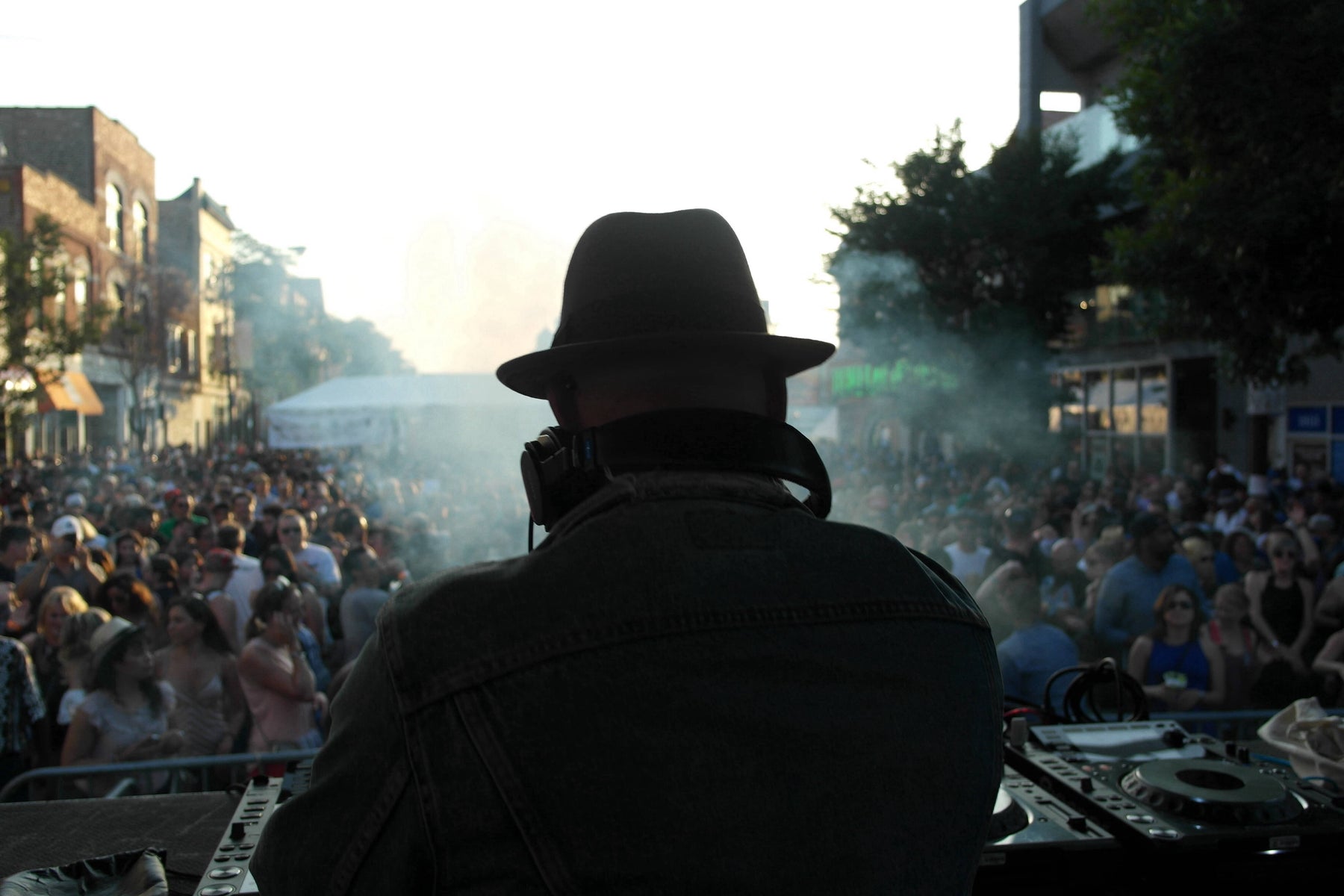
DJing 101

In this post, we will offer a High-level
overview of DJing, thereby getting
beginners off the ground and making the
learning process a bit less
intimidating.
So what is DJing, anyway?
DJing is the process of playing pre-recorded
songs back and forth and mixing them
together. As a DJ, your main goal is to play
the music that engages with the audience
the most and creates an exciting atmosphere. This all occurs in a DJ
software - that is where all the magic
happens. However, it can
be a little difficult to perform all the activities needed in computer software. With only a mouse
and a keyboard.

Therefore you are going to
want to get your hands on the suitable hardware in the form of a DJ controller. With that being said, let's dive right into it.
In this post, we'll
walk you through the best way to use the Pioneer
DJ Control DDJ-SB3. And even features Specific to this
control, for the most part, the theories we are about to go over are universal to
most DJ controllers. Similarly,
the software we will be using is
called Serato. And again, This may have
unique features or different
interface in comparison to other DJing
software, but the concepts can be applied to whichever program you
may use. So let's get to the core of it first off, Let's make sure
we have all the gear setup
as required.

Now that it is done, you need to plug your controller into
your computer and fire up your DJ software. If you so choose, you can send audio to
speakers by using the Master output on your controller - this is What the audience is going to hear - and you can Plug in headphones into your controller- and this is
exactly what you are going to hear. This will allow you
to mix your tracks and make sure Everything is going down
smoothly before your crowd hears it. Now, let's combine two tunes together.
In general, it's Ideal to select two songs of
a similar BPM or beats per minute. This
is basically the song's speed, where
higher BPM tracks tend To be swifter and
more upbeat, and lower BPM tracks are, you guessed it,
slower. You can locate the BPM of your songs
in your DJ software as a reference.
Now you could even select two tracks with the exact same BPM. When
we mix between the two songs, the
transition is smooth as the beats
line up with each otherwise the transition is going to sound
faux and will not feel like Natural for the
audience. Now, if the BPM of your songs is not the same, have no fear. In fact, that is even a part of your
work as a DJ. You can even Speed up or slow
down a track until they match. This
Procedure is called Tempo Matching -
we will get into how to perform this in a
minute - so for now, we've chosen two tracks with the identical or similar BPM.
The next thing to do is load these songs up in
their individual DJ decks. Deck one
is on the left half of your hardware and software, and deck two is right.
You can work with more than two decks
at some time
but for a beginner, we recommend just working with just two. We can load a song on your software by clicking and dragging a
song from the library onto a deck or onto your controller by navigating your
library with the biggest knob right in the middle. Rotating left and
right changes which song is selected, and pressing down on the knob goes into and out of directories.
Once you've highlighted the song that you want you
can press the load buttons for
either deck one or deck two. Whichever method
you choose, load up two songs
with an identical BPM in Decks 1 and deck
two. You can now play either of These tracks
independently of each other By pressing on the green play button(you will find it on its respective deck.
(pressing this button again also pauses
your song) the slider in the middle,
called the "Crossfader," basically decides which deck is sending the audio.
When the slider is all the way on the left, will send
the audio of deck one, similarly when it is all the way on the right will only send the audio of deck two,
and at the middle will Send an equivalent quantity of both decks 1 & 2 everywhere in
between will send a proportionate
amount. Basically sliding this between your
decks are the primary tool in mixing
both of your songs. Once they've been
"Beat Matched."
Now let us talk about this term beat match.
Beat Matching is if your two songs are playing
At the same time on each deck, They're Tempo
Matched, the beats hit at the same time, and
the submits of every bar hit at the same moment as well.
This sounds too overwhelming, but don't worry. You will get the hang of it.
This page has been optimized by SEO Prima.
